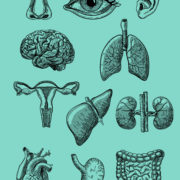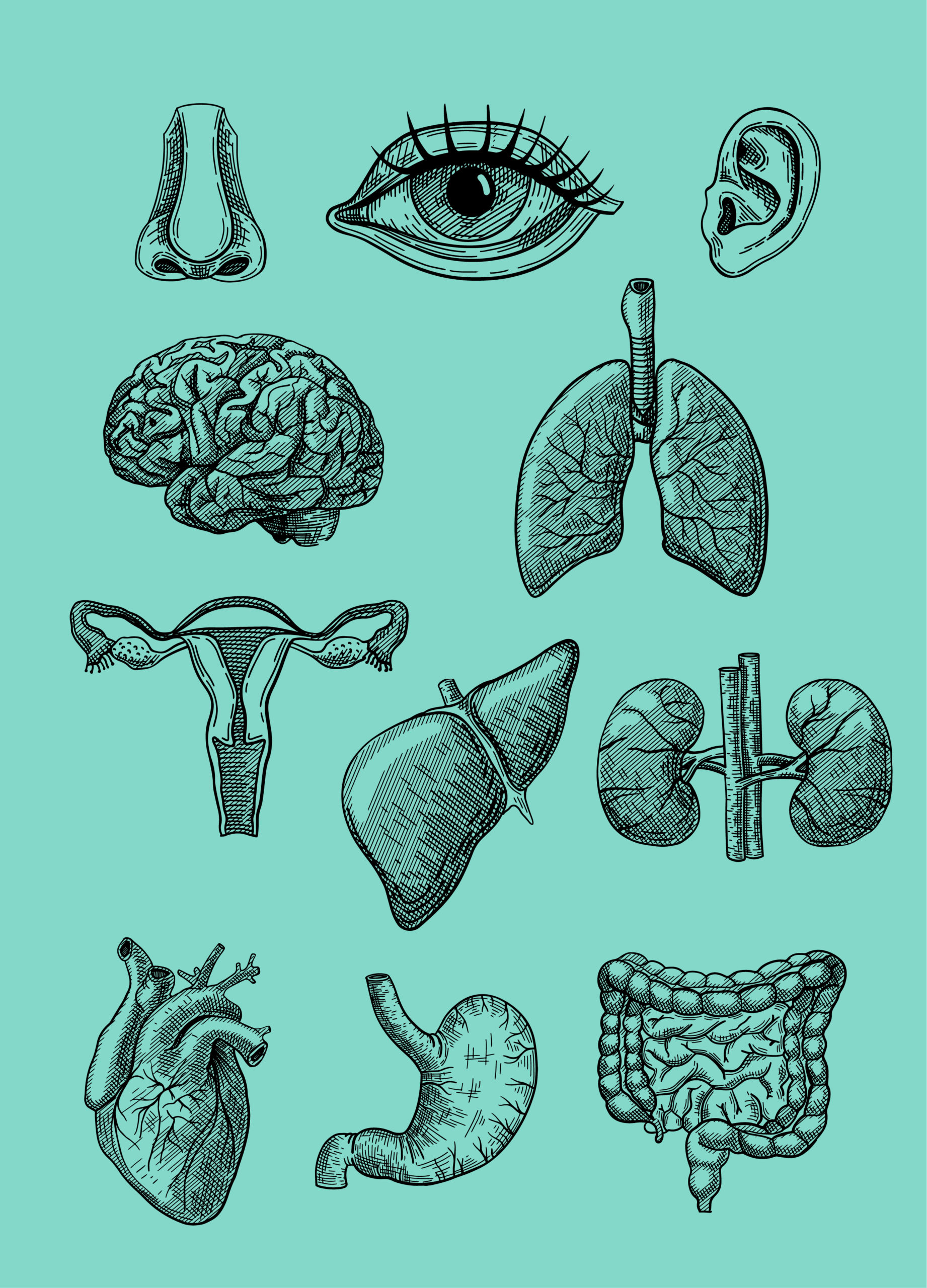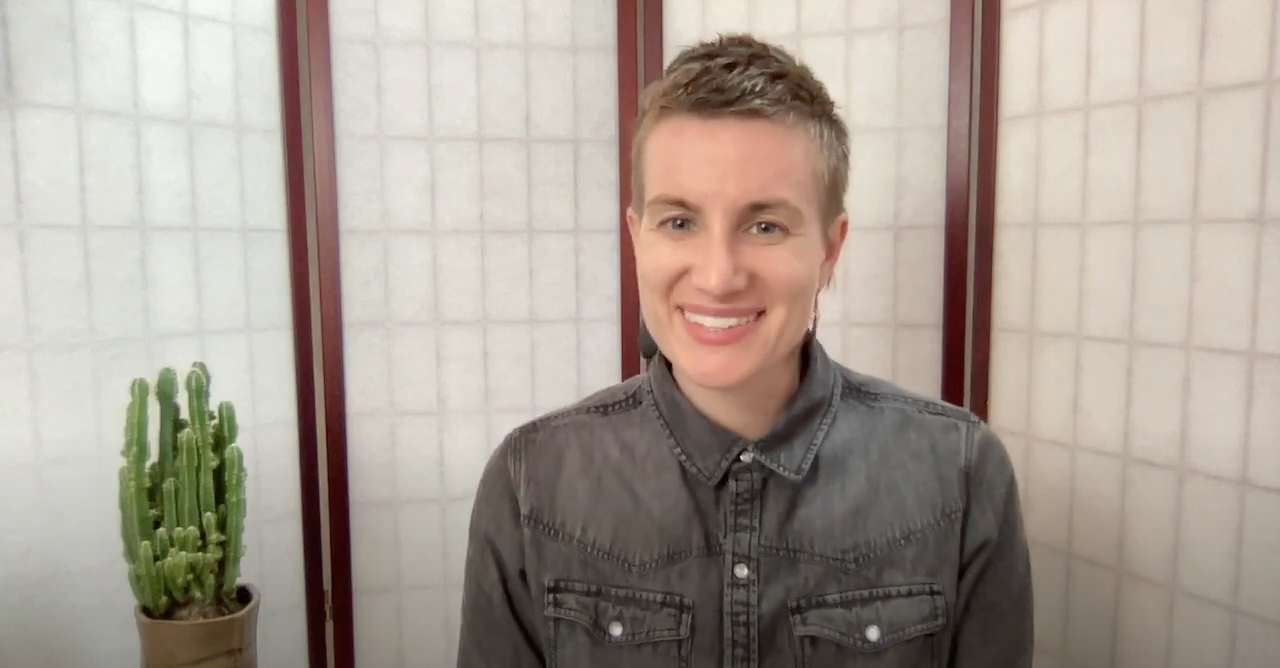Why Practice Mindfulness?
Written by Team BLOOM
| Reviewed by Em Morrison
As you’ve grown, you have likely spent a lot of time developing your knowledge and intelligence in school and strengthening your body with physical activity. Yet, more likely than not, you probably haven’t spent much time being taught how to train your mind, which is one of the most valuable skills you can have. When you take the time to practice mindfulness, you are actively training your mind and changing your brain in a positive way. You are making it stronger and more resilient (flexible), which can lead to all sorts of positive mental, emotional, physical, and social effects. These positive effects of practicing mindfulness can include increasing your ability to focus, helping you better recognize, understand, and regulate your emotions, and being a more empathetic or caring friend and family member.
Practicing mindfulness points out the beauty and gift that can be found in the present moment — all around you, all the time. When you practice mindful seeing, for instance, and take in your surroundings, such as the clouds moving across the sky, the wind in your face, or leaves falling from the trees, you begin to observe and notice all the wonderful finer details of life that you may not have seen before. This way of being is always available to you. It is a choice you can make about where to place your attention any moment you want. This is your true power.
When you practice mindfulness you experience the choice you always have over where and how your attention is directed.
The positive effects of mindfulness aren’t always instant. When you practice over and over, the benefits grow and grow, just like you improve at any skill the more you practice. More likely than not, practice may seem challenging, especially at the beginning, but all of a sudden you may start to notice feeling calmer throughout the day, less reactive to stressors, and maybe you even experience more feelings of gratitude than before. Speaking of which, maybe you’d like to try a mindfulness practice right now?
To read a teen’s personal story of how a mindfulness practice can positively impact your life, check out Tali’s story, here.







































